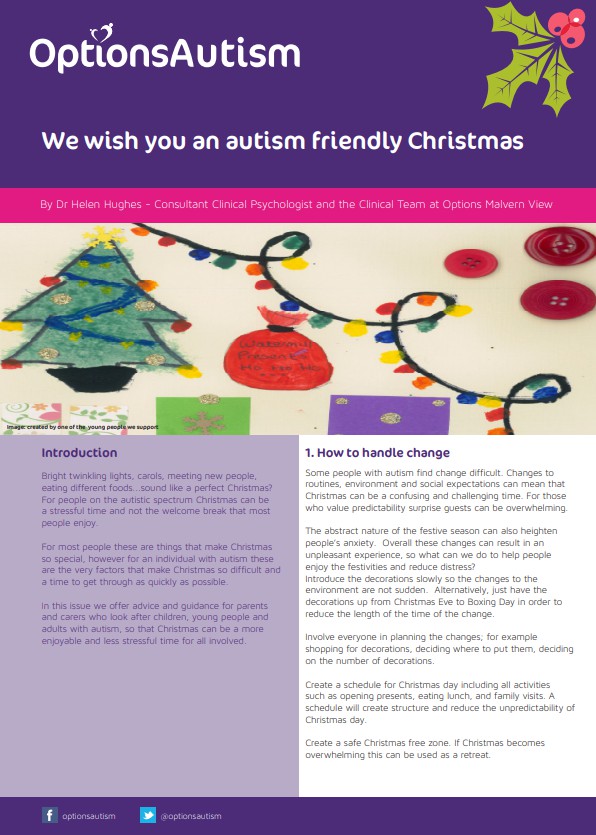 Try to understand why your child might be behaving the way that they are. Some behaviour might seem unusual or peculiar, but if the behaviour isn’t harmful they shouldn’t be discouraged. It’s likely that your child is using it as a coping strategy to help them manage something they are finding difficult.
Try to understand why your child might be behaving the way that they are. Some behaviour might seem unusual or peculiar, but if the behaviour isn’t harmful they shouldn’t be discouraged. It’s likely that your child is using it as a coping strategy to help them manage something they are finding difficult.
- A lot of children often feel anxious if they don’t understand what is happening, what they are supposed to do or if there are too many things that they struggle with being asked of them. Using anxiety management strategies at certain times across the day can give them opportunities to manage anxiety bit by bit to help stop it from building up over time. Sometimes the most challenging and difficult behaviour can happen because your child is feeling worried or anxious and they need help to calm.
- Difficult behaviour is often a way of communicating something that your child might not be able to say or might not understand themselves. All behaviour has a reason behind it, although we and they might not always know what that is straight away and sometimes it can be a guessing game. If you’re not sure why certain behaviour is happening, be patient and record as much information as you can about it. Noting down what was happening at the time, before and after can give clues as to why the behaviour might be occurring, which can make it easier to understand how to best support your child. You could also ask school for help with this.

- Help your child to label their emotions if they struggle to do this. This can be done by helping them to recognise feelings within their bodies and to notice the differences in how they feel after certain events, such as things that are likely to make them feel, happy, worried, frustrated, sad, etc.
- Be consistent and use clear language to help your child understand what is expected of them. It is often helpful to break instructions down into steps, use prompts and use a combination of words and pictures to help them understand and retain information.
- Work with other adults who help support your child and try to make sure things are consistent. This will help your child better understand the rules and what is expected of them and may help them to feel less nervous or worried.
- There are lots of times when consequences are appropriate to help your child understand what to do and not to do, but someone with social communication difficulties may have difficulty linking the consequence to what has happened that is being discouraged. Using rewards and praise when they do positive things can often be more effective as this encourages favourable behaviour. This tends to be most effective when praise or reward is given immediately, but can be more effective than punishing unwanted behaviour.

- Help your child to reduce their anxiety by planning their day or week with them so that they understand what to expect and when things will happen. This might involve making a timetable, diary or using a ‘Now and Next’ approach. When someone feels they have a better idea of what is going to happen, this can make them feel more comfortable.
- Some children may struggles with certain sounds, textures, or tastes. This may be due to sensory sensitivities. It’s helpful to identify what sensory experiences they like and do not like so their environment can be adapted as much as possible to help reduce stress.
Supporting Children / Young People at Christmas
Option Autism – Link to full resource
